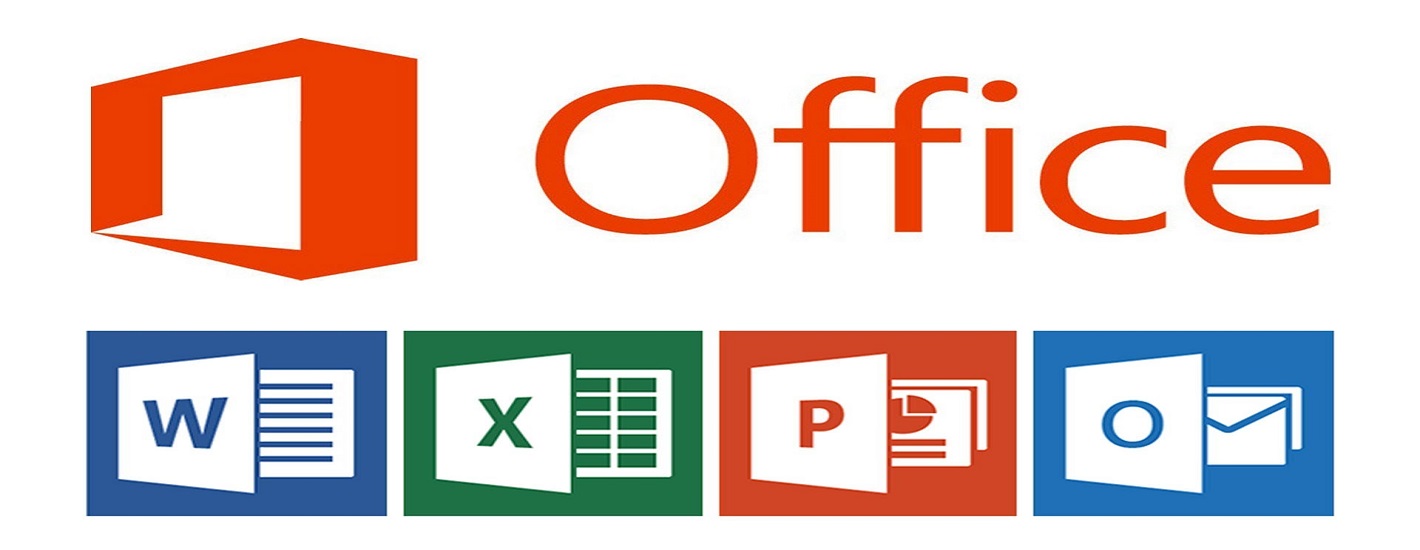SAS is abbreviated as “Statistical Analysis System” which was developed for advanced analytics, multivariate analyses, business intelligence, data management and predictive analytics.
SAS is consistently performing the best in its Quality, Services, Growth and delivering the breakthrough technology. SAS provides one integrated process for analyzing data from every source and gaining the predictive power to drive change at every level.
SAS is a tool used in more than 100 countries and is used in several domains like Market Research / Financial analyst / Business analyst / Clinical / Pharmacy / Banking / Insurance and Data Warehousing etc…
Pre-Requisites for SAS Training Course in Hyderabad
SAS training Course in Hyderabad offered by many institutes. As SAS is a basic foundation course for getting ready for the industrial competition in the Information technology, minimum degree qualification is needed to get eligible to learn the course. Graduate or post graduate having some basic strength in mathematics is preferable. And other academic courses like B.A, B.Com, M.Com, MBA, MCA and all the graduate and post-graduate degrees of pharma and life sciences.
SAS Training Course Syllabus
Introduction to SAS
- Advantages of using SAS
- Major components of SAS suite
- SAS windows
Accessing Data in SAS
- Use COLUMN, FORMATTED and LIST input to read raw data files.
- Use INFILE statement options to control processing when reading raw data files.
- Use various components of an INPUT statement to process raw data files including column and line pointer controls, and trailing at controls.
- SAS libraries: Creating temporary and permanant libraries
- Options to read raw data: Missover, Truncover, Stopover, Flowover, DSD, DLM
Behind the scene
- SAS DATA Step Processing – Compilation Phase and Execution Phase
- Program Data Vector (PDV)
- SAS dataset: data and descriptor portions
- Understanding how SAS files are stored
SAS statements
- Differences between system options, data set options and statement options
- Informats, Formats, Attrib, Datalines, Delete, Drop, Keep, Label, Length, Retain, Sum, Dim
SAS Options
- Data set options: KEEP, DROP, RENAME, FIRSTOBS, OBS, IN, LABEL, WHERE
- SAS System Options – OBS, FIRSTOBS, BUFNO, BUFSIZE, LINESIZE, PAGESIZE, NODATE, YEARCUTOFF
SAS Functions
- INPUT and PUT
- Functions for Date and Time – MONTH, YEAR, DAY, MDY, DATE, TODAY, DATETIME
- Other SAS functions – SCAN, SUBSTR, TRIM, LEFT, RIGHT, INDEX, UPCASE, LOWCASE, MEAN, COMPRESS, LENGTH
Arrays
- Creating variables using Arrays
- Assigning Initial Values to Arrays
- Multidimensional Array
Conditional Processing
- Subsetting IF
- IF-THEN/ELSE statement
- DO statement
- Nesting of the DO Loop
- DO UNTIL statement
- DO WHILE statement
Connecting to outside world
- FTP thru SAS
- Connect to different servers (SQL server etc)
- Export data to create standard and comma-delimited raw data files
Merging & Appending Data
- SET and MERGE Statements
- MODIFY and UPDATE Statements
- WHERE Statement and differences with IF
- RETAIN and RETURN Statements
Analysis and report generation: SAS Procedures
- Proc Print, Proc Sort, Proc Means and Proc Contents
- Enhance reports through the use of user-defined formats, titles, footnotes
SAS Macros
- Storing SAS Macros
- Defining and Calling Macros
- Referencing Macro Variables
- Macro Parameters
- Macro Quoting Technique
- Macro Debugging Technique
Error Handling
- Identify and resolve programming logic errors
- Recognize and correct syntax errors
SAS Training Course in Hyderabad



